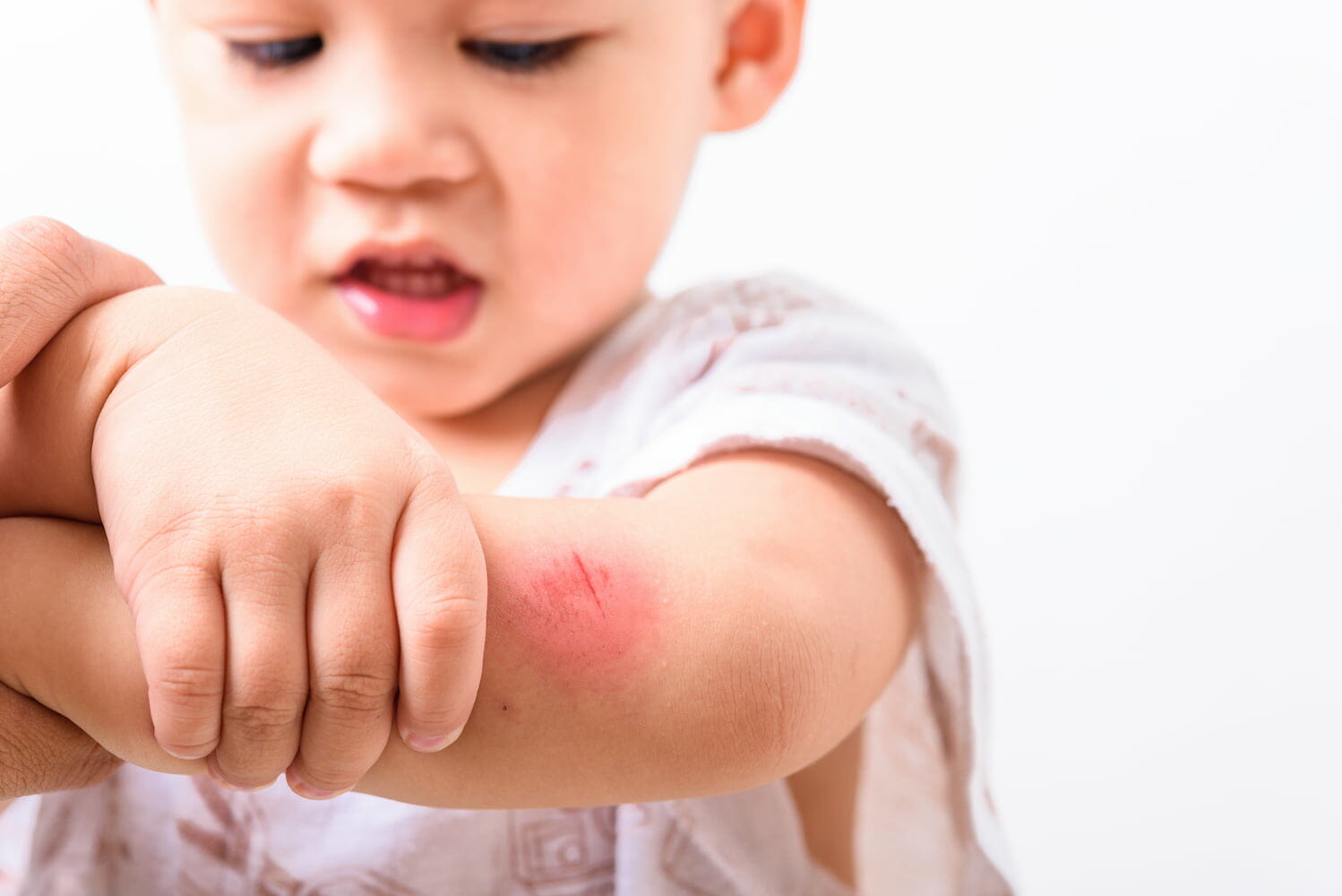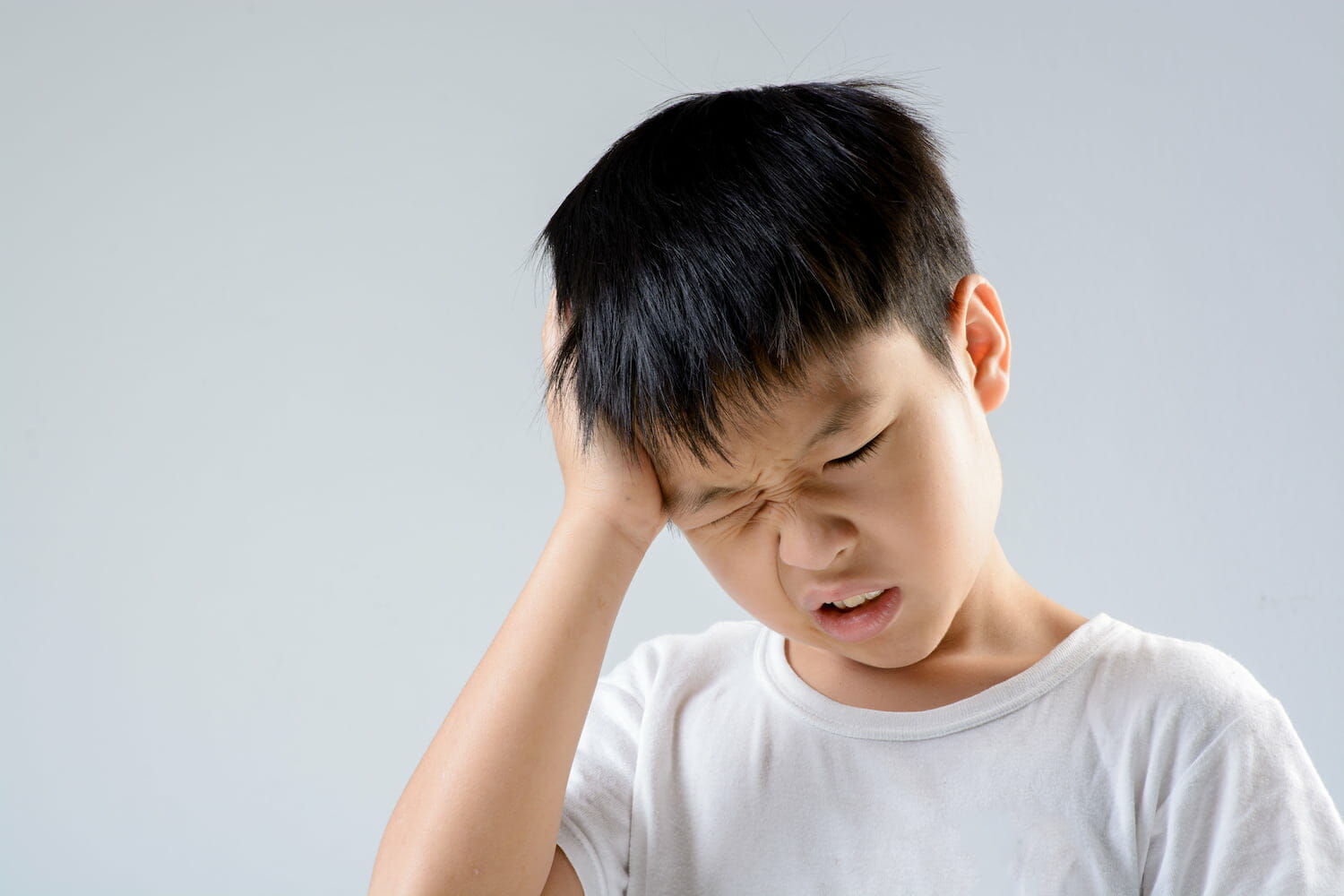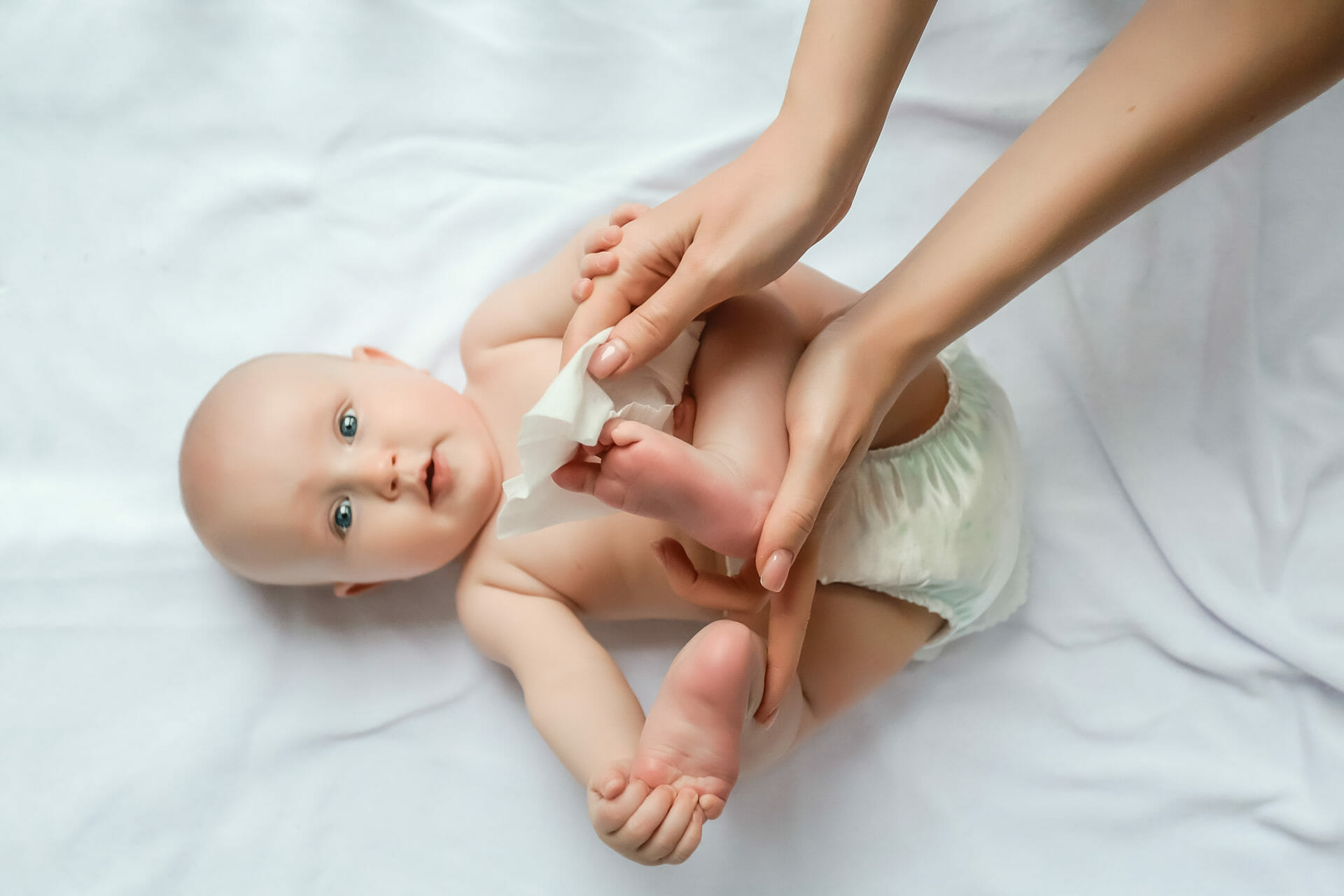Minor Injuries In Children
It goes without saying that most active children will bump, bruise, bang and injure themselves from time to time. It’s all part of growing up after all.
When it comes to calming an upset child (or parent!) knowing when you need to see a doctor or when to apply basic first aid techniques at home can make all the difference.
Here are some of the most common minor injuries and the best way to deal with them so you can quickly get your child back on the mend.
Thank you to Dr Charles Stewart, Paediatric Emergency Consultant, and Associate within the Practice for providing this content.

Lacerations And Abrasions
When a child gets a scrape or cut, the fast flow of blood can make even a minor cut look like an emergency.
Minor cuts should stop bleeding after a few minutes after applying direct pressure to the wound for 5 to 10 minutes. Once it’s stopped bleeding, you can wash the wound with plain water and gently remove any dirt or small objects.
You should seek medical attention for open lacerations or if there are signs of infection in the wound – such as redness, swelling, pus or if the area is very hot to touch.

Strains And Sprains
A strain is an injury to a muscle that has stretched too far and partly tears.
A sprain involves stretching or tearing of a ligament holding two bones together over a joint.
Pain, soreness, and swelling can develop in both but it’s actually more common for a child to break a bone than have a sprain because their bones are still developing.
That’s why it’s really important to seek medical attention if your child is in a lot of pain, especially if it is over an area of bone.
Children are still growing. Breaks that happen in the parts of bones where growth starts need to be watched closely.
To relieve pain and discomfort in a strain or sprain, you can follow the RICE rule:
- Rest the injured body part
- Ice the injury or put cold compresses on the area several times a day
- Compress the area with a splint or bandage
- Elevate the injured part so that it’s above the heart.
Pulled Elbow
A pulled elbow is a common injury among children under the age of five.
It’s a result of the lower arm (radius bone) partially slipping out of its normal position at the elbow joint. This can be caused by a sudden pull on a child’s lower arm or wrist, for example when a child is lifted up by one arm. It can also happen when a child falls.
In most cases, children with a pulled elbow will cry out immediately after the sudden pull, and not want to use the injured arm at all. Their arm may simply hang sadly by their side.
A pulled elbow will need to be put back into place by a medical practitioner. It will not cause any long-term damage to your child after the initial pain and soreness has gone.
Concussion
Concussion is an injury to your brain that can occur after a minor head injury.
Symptoms can include headache, dizziness and memory and concentration problems.
If your child is complaining of any of these symptoms, or you have recognised any yourself, you should take them to your doctor for examination.
They may conduct extra radiological tests such as a CT or MRI scan to check for further injury or rule out any other cause.
Treatment for concussions consists of taking it easy – with a gradual return to mental and physical activity and a focus on future injury prevention.
If your child does have concussion, symptoms usually clear within a week to three months after the initial head injury.

Minor Head Injury
Did you know? Up to 50% of all patients admitted to hospital with a head injury in England are less than 15 years old.
If your child has hit their head, be on the lookout for ‘red flag’ symptoms. These are:
- Loss of consciousness.
- Deteriorating consciousness.
- Repeated vomiting.
- Seizures.
- Severe headache.
- Feelings of weakness.
- Visual problems.
If any these are present, urgent medical attention in hospital or dial 999 for an ambulance or attend hospital urgently.
If there are no ‘red flag’ symptoms present, it will be deemed a minor head injury.
Occasionally head injuries that initially fit the minor criteria can evolve and so it is often a good idea to get any head injuries seen to by a doctor – especially in younger children who are not yet talking as it can be difficult to evaluate the severity of the injury at home.

When to see a doctor?
Less frequent wet nappies indicate dehydration and if your baby has not had a wet nappy for more than 12 hours your baby is likely to need some support with feeding. A high temperature, lethargy, rapid or laboured breathing are all signs that need more urgent assessment. Very young infants, infants born prematurely, or those with pre-existing conditions such as heart or respiratory problems are often more severely affected and an earlier medical assessment is recommended.
You should seek immediate medical help or call 999 if your baby displays symptoms such as; severe breathing difficulty with very rapid of shallow breathing; pauses in breathing; skin turning blue or pale in colour; you are unable to wake up your baby or keep them awake. Fortunately, most infants and children are not so severely affected and make a complete recovery.
Dr Yiannis’s private practice is managed Rachel Gould and Lisa Shaw. The practice management team are very friendly and approachable and deal with all administrative aspects of the practice. They are available to answer any questions that may arise before or after your visit with Dr Yiannis. Do you have a question? Please contact us on contact@doctoryiannis.com
Sports And Related Injuries
The increasing number of young people competing in sports-related activities has led to a rise in paediatric sports injuries, which require a different approach compared to adult injuries.
If you think your child has a sports injury or a condition related to sporting activity, they may benefit from a sports injury assessment.
A sports injury assessment requires access to a full multi-disciplinary team including physiotherapists, radiologists, occupational therapists, radiologists, surgeons and dieticians who may be part of your child’s care and rehabilitation team following an injury.
As well as the injuries listed above, reasons to seek a sports injury assessment include.
- Tendonitis and other overuse injuries
- Injuries to growth plates
- Damage to shock-absorbing cartilage
- Concerns about nutrition
- Burn out
- Exercise-induced asthma
Do you have a question or would you like to book an appointment? Please contact us on contact@doctoryiannis.com
Related articles
Book your appointment
Lorem ipsum dolor sit amet, consectetur adipiscing elit. Vivamus sagittis interdum volutpat. Aliquam sed nisi dignissim.



